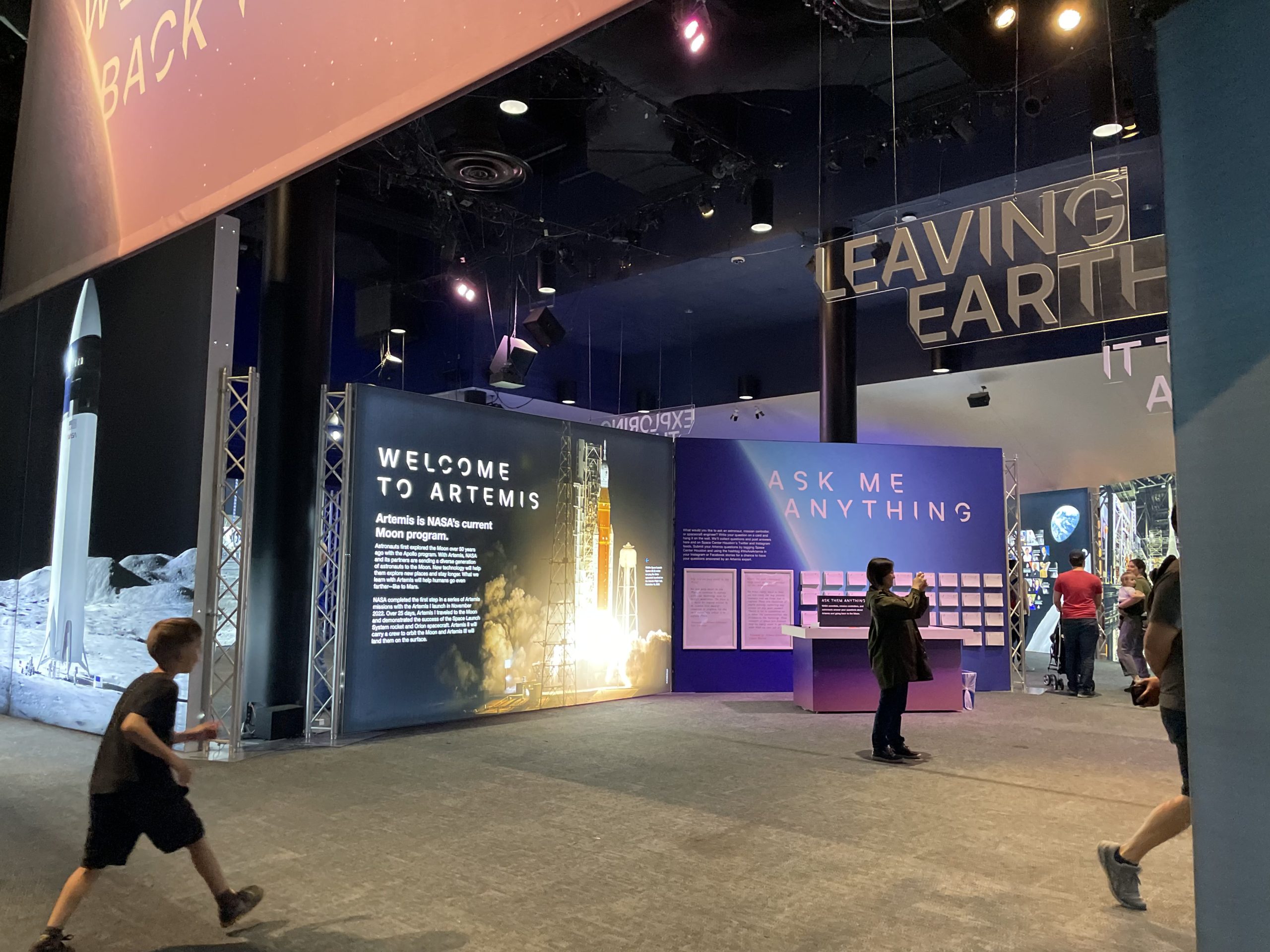Welcome back to our space exploration blog! Today, we’re talking about NASA’s Artemis program, a pioneering venture that aims to return humans to the Moon and set the stage for future manned missions to Mars. Let’s dive into what makes Artemis not just a sequel to the Apollo missions, but a whole new narrative in lunar exploration.
Artemis I: Testing the Waters
Artemis I marked a pivotal start to the program, serving as an uncrewed mission to test the integrated system of the new Space Launch System (SLS) rocket and the Orion spacecraft. Although no astronauts were aboard, Artemis I sent Orion on a trajectory around the Moon, testing its systems in a deep-space environment. This mission was crucial for ensuring that both the rocket and spacecraft are safe for future crewed missions.
Artemis II: The Crew Takes a Ride
Next up, Artemis II is set to be the first crewed mission of the Artemis program, planned to orbit the Moon with astronauts on board. This mission will test human-rated systems during a lunar flyby, assessing the life support, communication, and operational capabilities of Orion with a crew. This will be a significant step forward, as it will be the first time since Apollo that astronauts venture beyond low Earth orbit.
Artemis III: Boots Back on the Moon
The real excitement is pegged for Artemis III, which aims to land the next man and the first woman on the Moon, targeting the lunar South Pole—a region believed to contain water ice. This mission will leverage new technologies and international partnerships, using the modern Human Landing System (HLS) to reach the surface. Artemis III is not just about setting foot on the Moon again; it’s about establishing a sustainable human presence there.
Gateway: The Lunar Outpost
One of the most innovative aspects of the Artemis program is the Gateway, a lunar orbiting space station that will serve as a multi-purpose outpost orbiting the Moon. The Gateway will provide support for long-term human return to the lunar surface, serve as a staging point for deep space exploration, and offer new opportunities for international and commercial collaborations. Unlike the Apollo missions, the Gateway ensures a sustainable, reusable infrastructure that can support numerous lunar missions and beyond.
The Road to Mars and Beyond
Artemis isn’t just about the Moon; it’s about testing the technologies, capabilities, and partnerships needed to enable future exploration of Mars and other destinations. By establishing a sustainable presence on the Moon, NASA hopes to prepare for the even more daunting challenge of sending humans to Mars, benefiting from the lessons learned on the Moon to tackle the red planet.
Why Artemis Matters
The Artemis program embodies our ongoing quest for knowledge and discovery. It’s about inspiring new generations, advancing science, technology, engineering, and mathematics (STEM) education, and fostering international collaboration in peaceful space exploration.
As we follow NASA’s journey back to the Moon through the Artemis program, we’re not just witnessing another set of lunar landings but the laying of a foundation for future generations to leap further into the cosmos. Stay tuned as we continue to cover this exciting journey, bringing you updates and insights on humanity’s bold strides into space.
Join us next time as we explore more stellar adventures!





